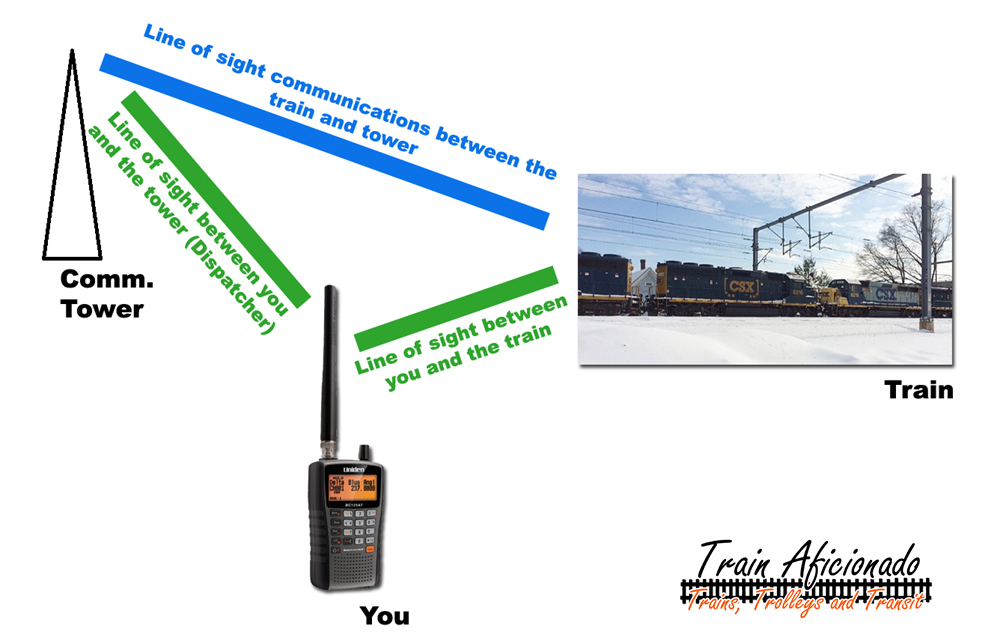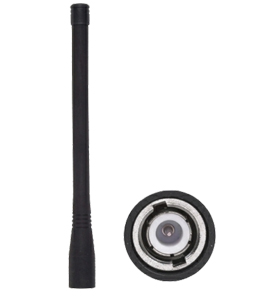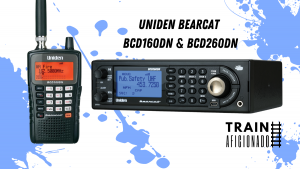
I’m often asked what is the best portable antenna for railfanning with a scanner, The rubber duck antenna that came with your scanner is called a wideband antenna which covers all of the monitorable bands on your scanner. If you’re just monitoring the railroad frequencies from 159.8100 to 161.6100 MHz, a tuned antenna is your best option. A tuned antenna will work on a specific frequency band, providing optimal reception on that band. A tuned antenna would pull in those weaker signals better, and may even increase your range.
Most railroads are using line-of-sight communications, which means they are not on a repeater system. When you’re listening to railroad communications you would normally hear the dispatcher because they are transmitting off a high tower or multiple towers along the right-of-way. As for the trains and crews you can hear them when you’re within close range, which is about 3 – 6 miles. This all depends on the terrain between you and them and their radio output power.
Some railroads use the same frequency for the train/crew and the dispatcher. Another railroads use two frequencies one for the dispatcher and one for train/crew. When its a two frequency operation you need to program both frequencies into your scanner to hear the full conversation.
Best Portable VHF Railroad Antenna
If you have a portable scanner dedicated to rail-fanning, then I would highly recommend the VHF 150-162 Professional Portable. This antenna is 6 ½ inches tall with a BNC connector. This antenna is a similar size and design to a rubber duck antenna, and retails for the extremely-worth-it price of $30. – Order this antenna


